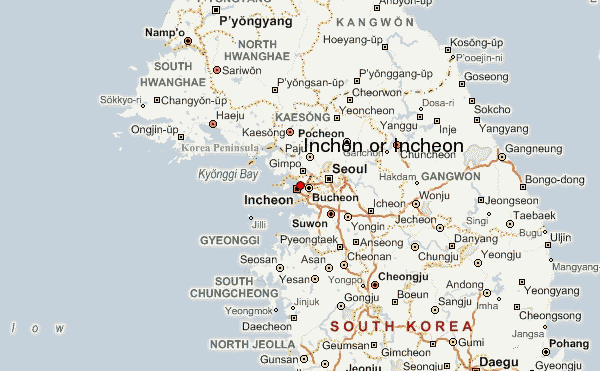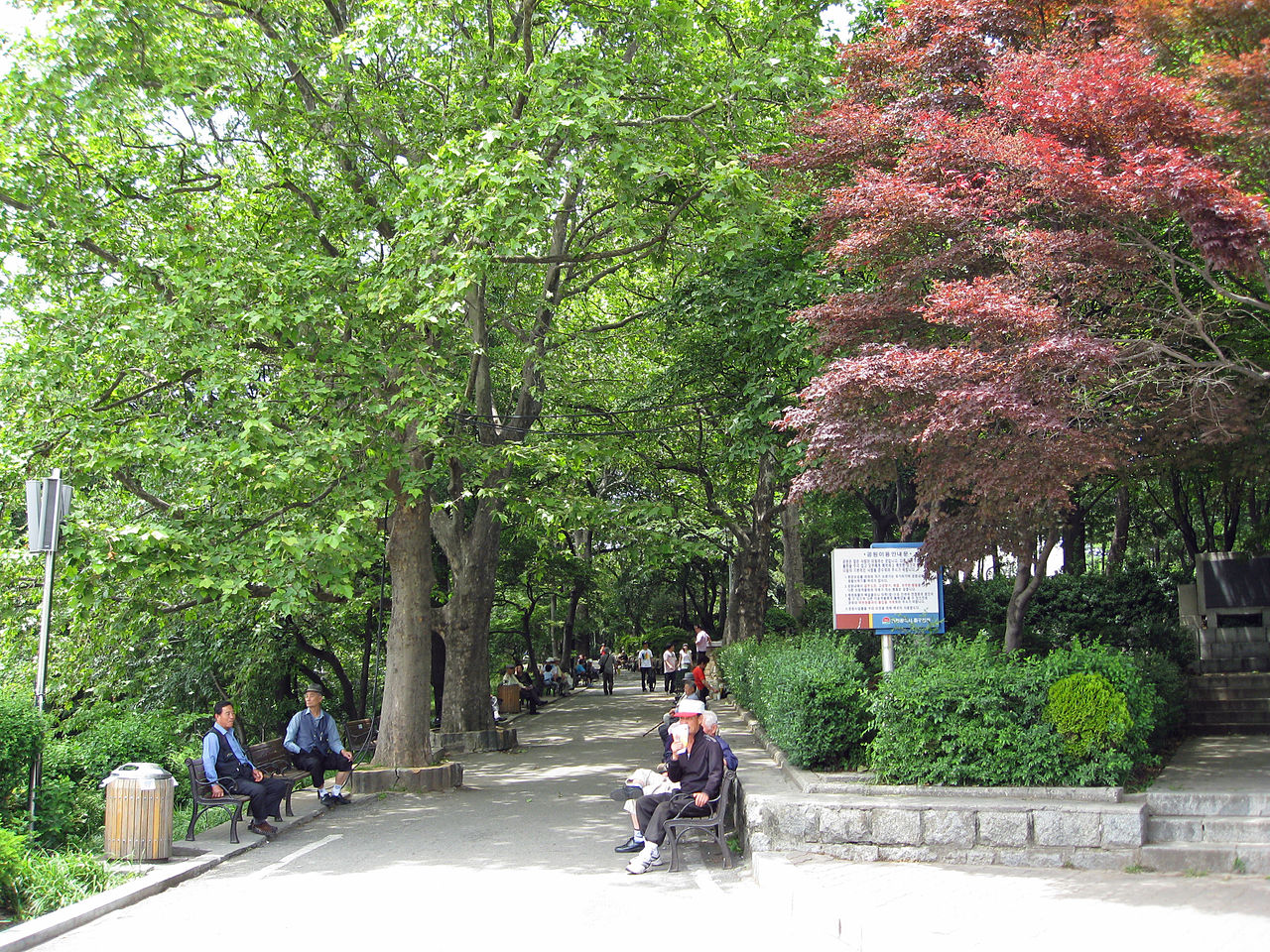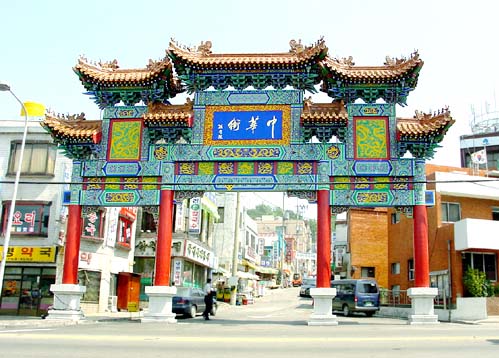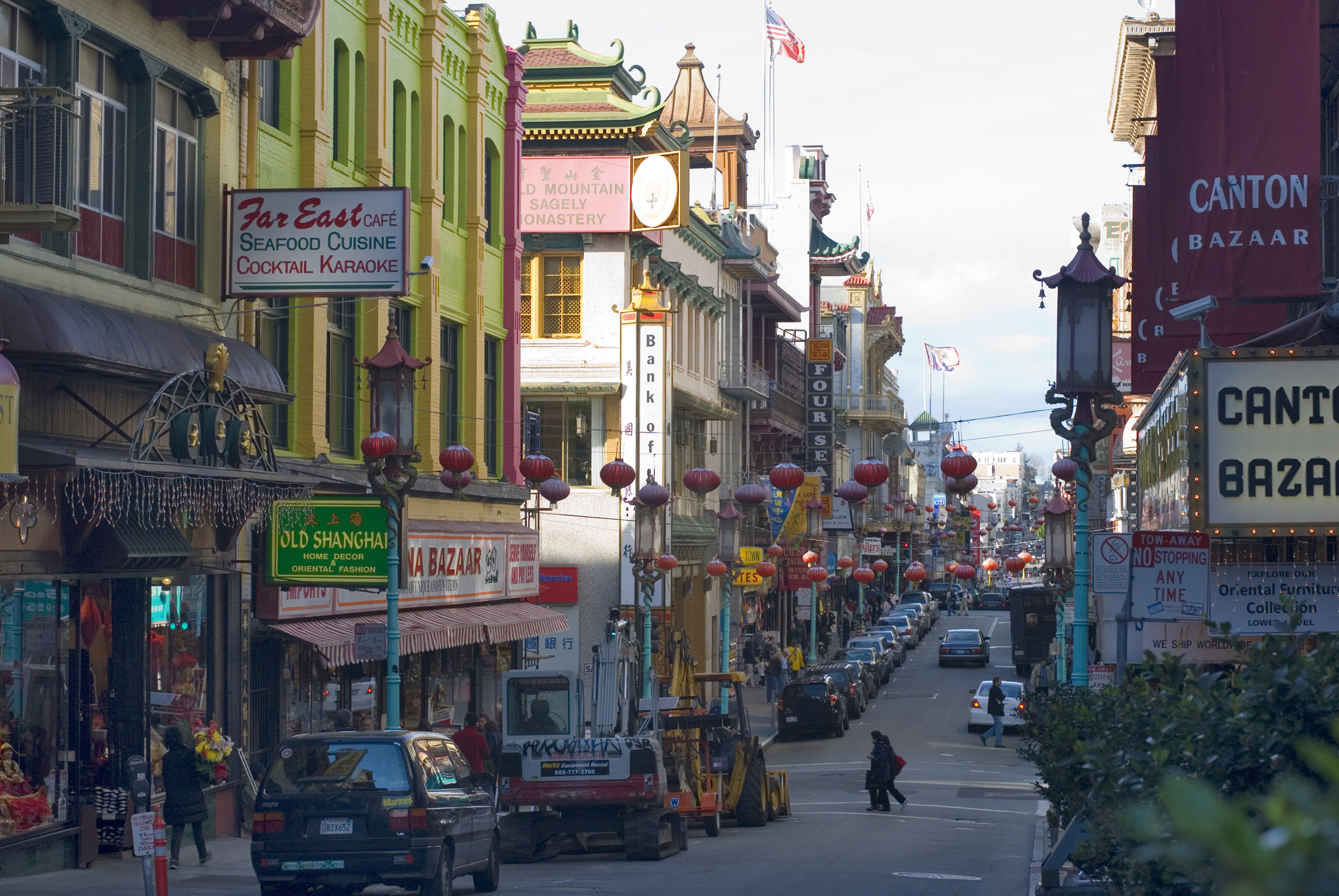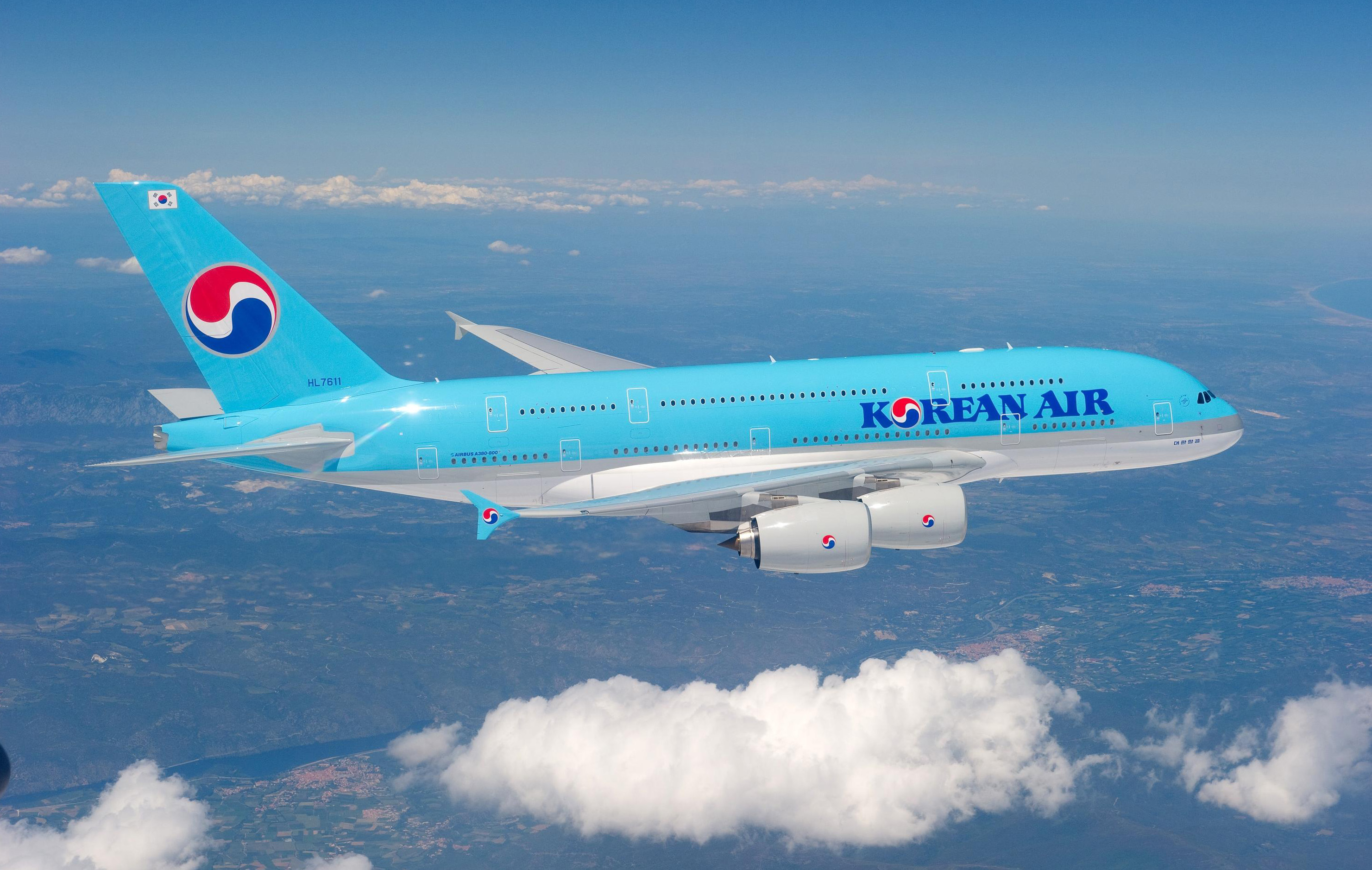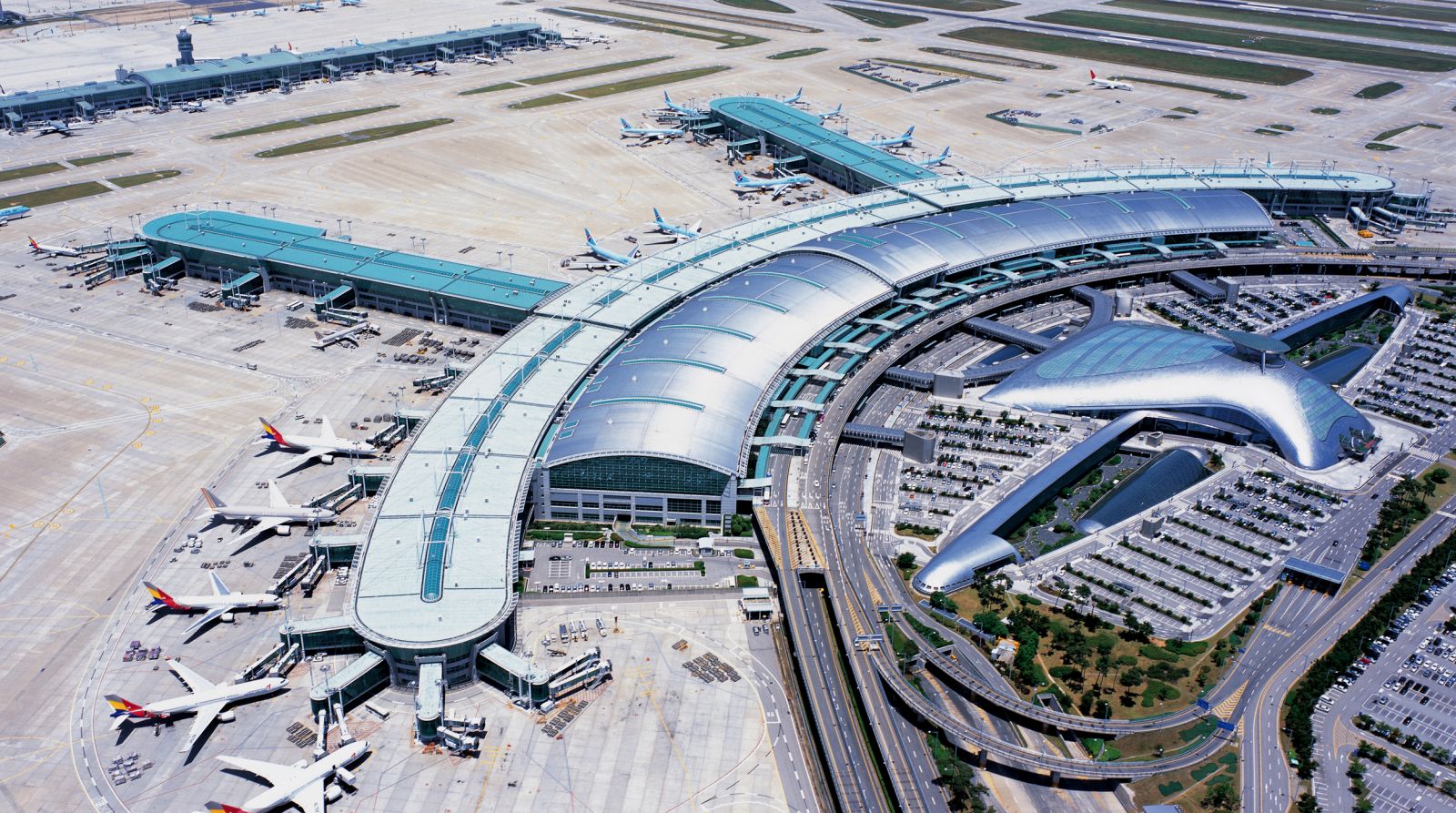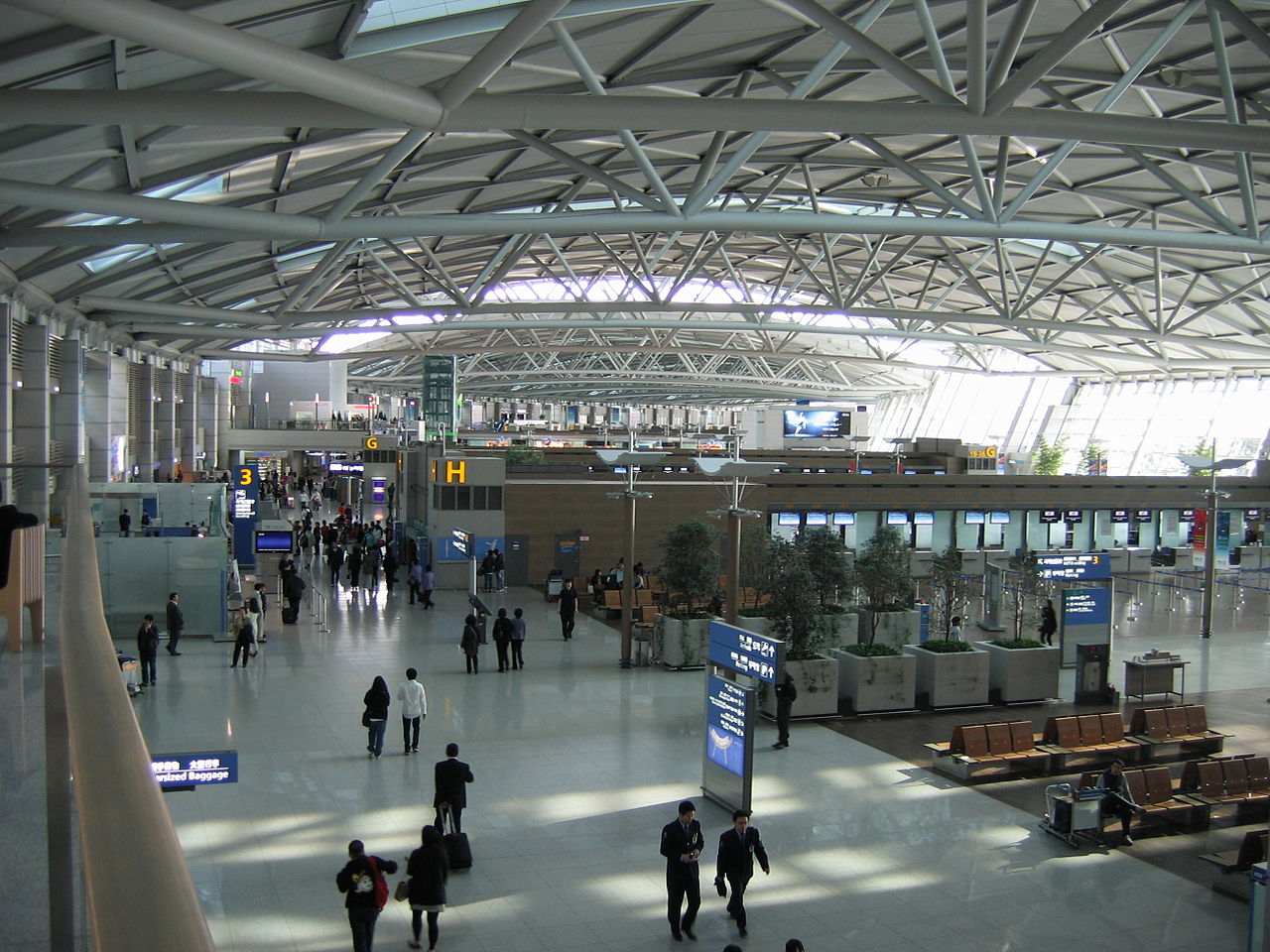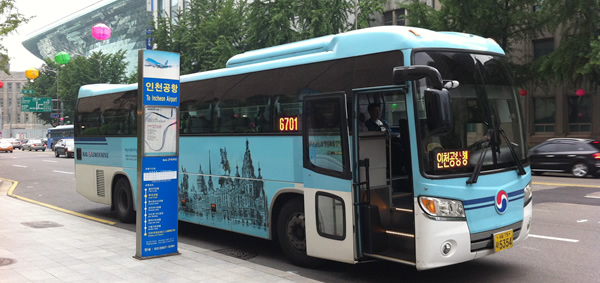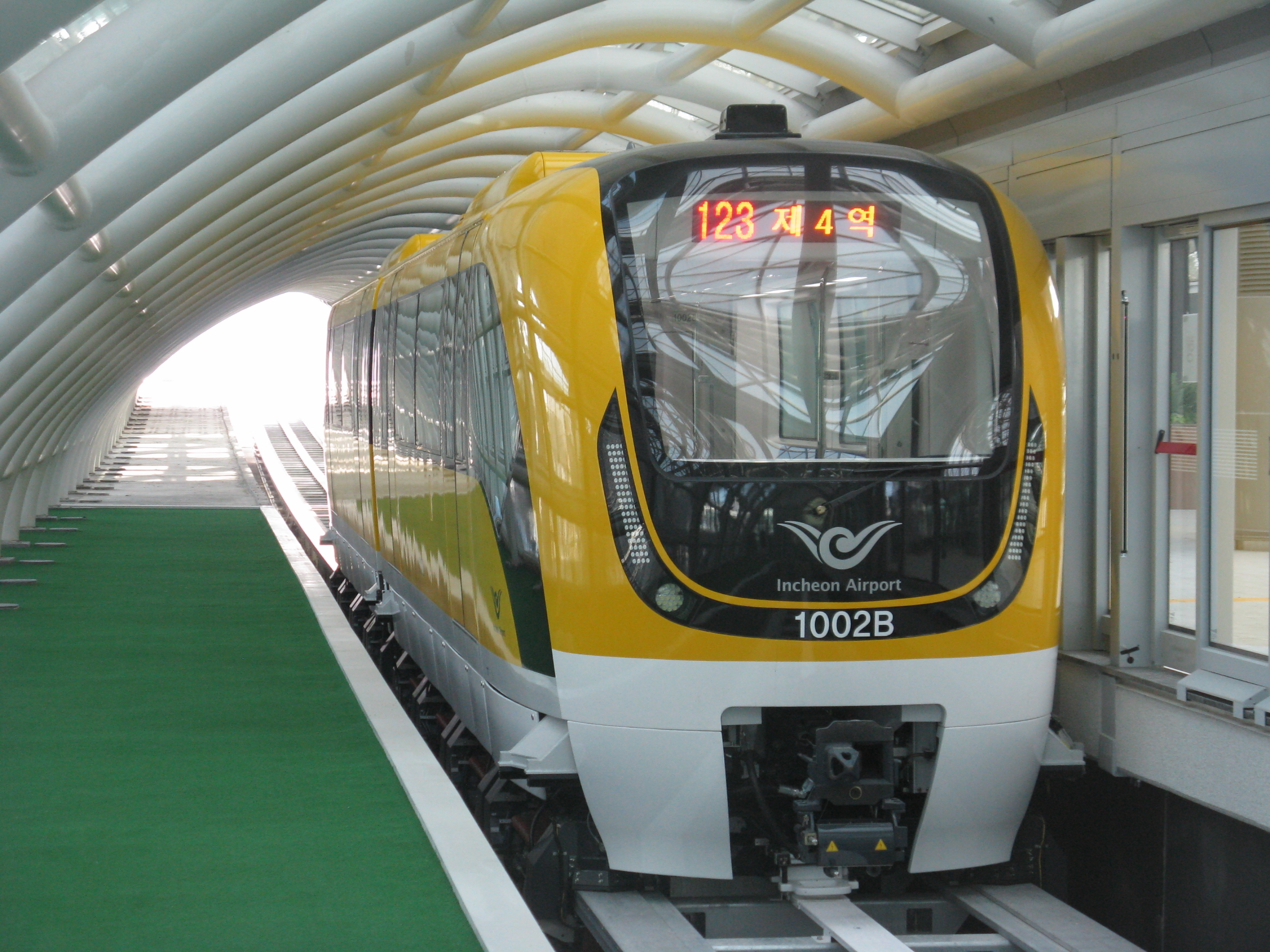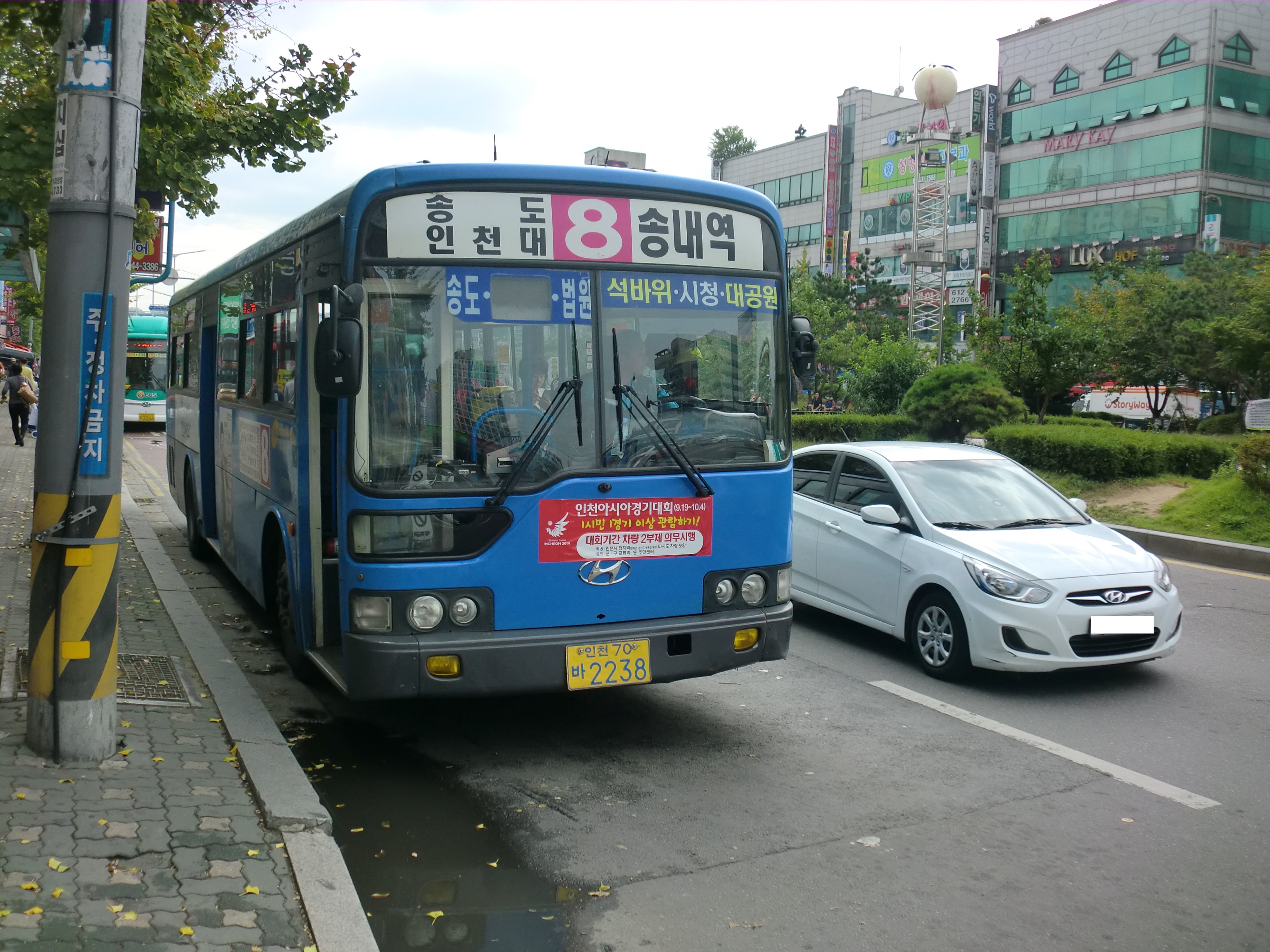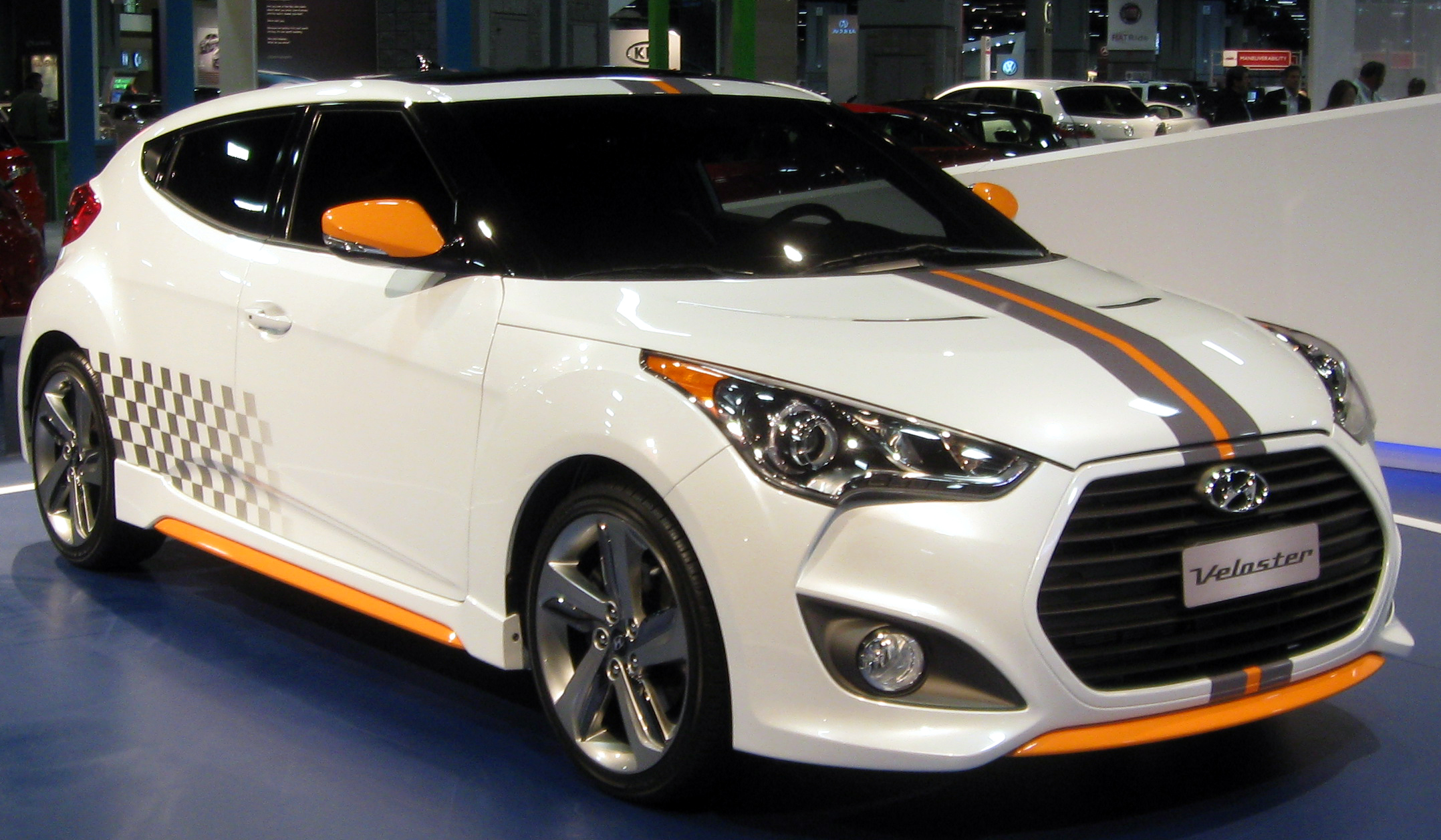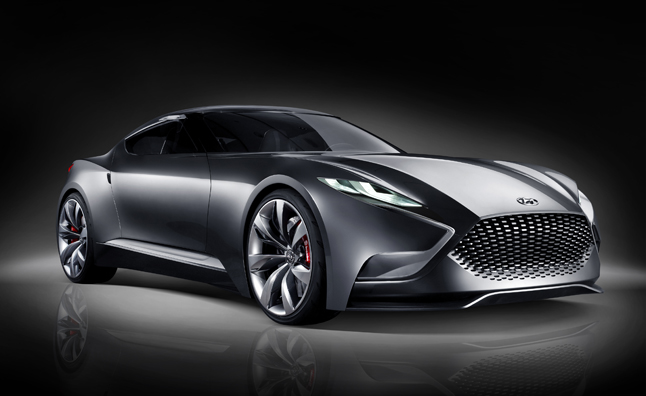
|
|

Conference Location
|
|

|
While people have inhabited the area since the New Stone Age, the city's growth was assured in modern times with the development of its port due to its natural advantages as a coastal city and its proximity to the South Korean capital. It is part of the Seoul Capital Area, along with Seoul itself and Gyeonggi Province, forming the world's third largest metropolitan area by population. |
|
As an international city, Incheon has held numerous large scale international conferences, such as the Incheon Global Fair & Festival in 2009. The 17th Asian Games Incheon 2014 was also held in Incheon on September 19, 2014. Incheon has established itself as a major transportation hub in northeast Asia with the world renowned Incheon International Airport and Incheon Port. The city is also home to the Green Climate Fund, an international organization addressing environmental issues. |
|
History |
The first historical record of the Incheon area dates back to 475 AD. during the reign of King Jangsu of Goguryeo by the name of "Michuhol," which is supposed to be located on today's Munhak Hill . The area underwent several name changes with successive kingdoms and dynasties. In Goryeo era, Incheon was called Gyeongwon or Inju. The current name was established in 1413. Later, Incheon County became Incheon Metropolitan Prefecture (dohobu). Old Incheon consisted of today's southern Incheon (i.e. Jung-gu, Dong-gu, Nam-gu, Yeonsu-gu, and Namdong-gu) and northern part of Siheung City. The city centre was Gwangyo-dong, where the prefecture office and the local academy (hyanggyo) were located. The "original" two remaining buildings of the Incheon prefecture office are located in Munhak Elementary School, while the newly built (in 2001) prefecture office buildings are right across from Munhak Baseball Stadium. |
|
However, the name Jemulpo was not widely used until the opening of the port in 1883. After the opening of the Incheon port, the city centre moved from Gwangyo to Jemulpo. Today, either Jemulpo or Gwangyo-dong is considered "Deep Incheon). It was renamed as "Jinsen" during Japanese rule in Korean peninsula. |
|
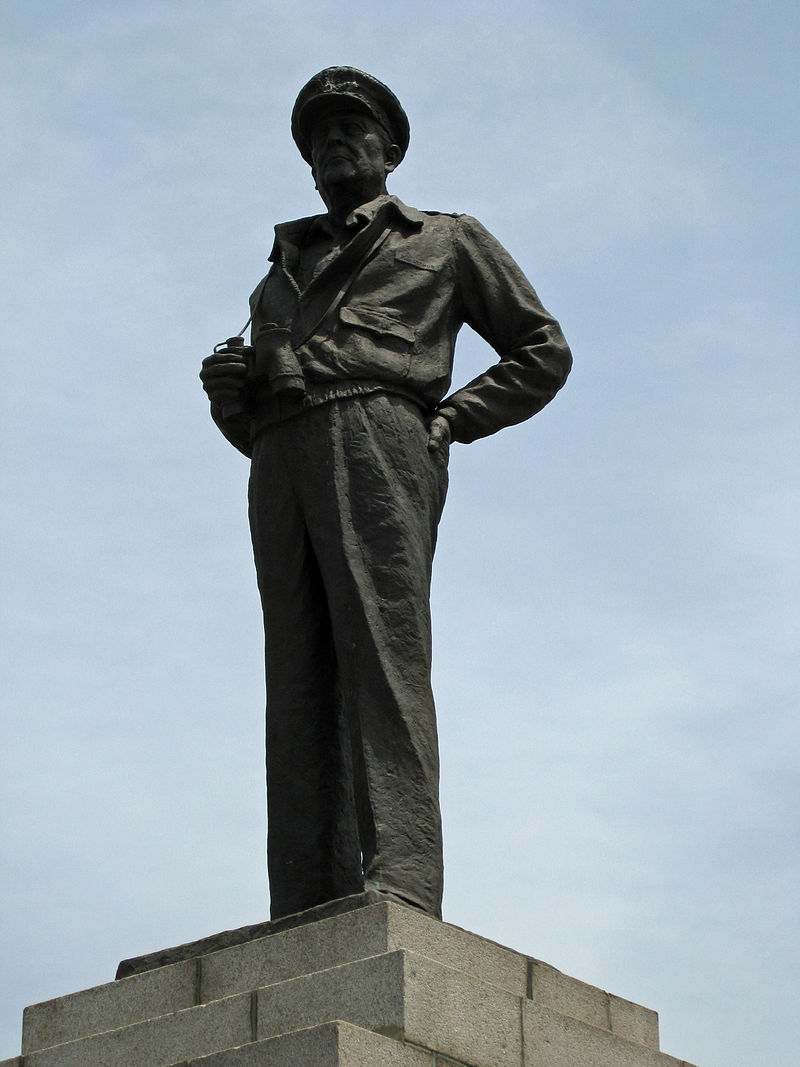 |
Incheon was occupied by North Korean troops in 4 September 1950. On September 15, 1950, during the Korean War, Incheon was the site of the Battle of Inchon, when United States troops landed to relieve pressure on the Pusan Perimeter and to launch a United Nations offensive northward. The result was a decisive UN victory and it was recaptured in 19 September 1950. The USS Inchon was named after the tide-turning battle that ensued. |
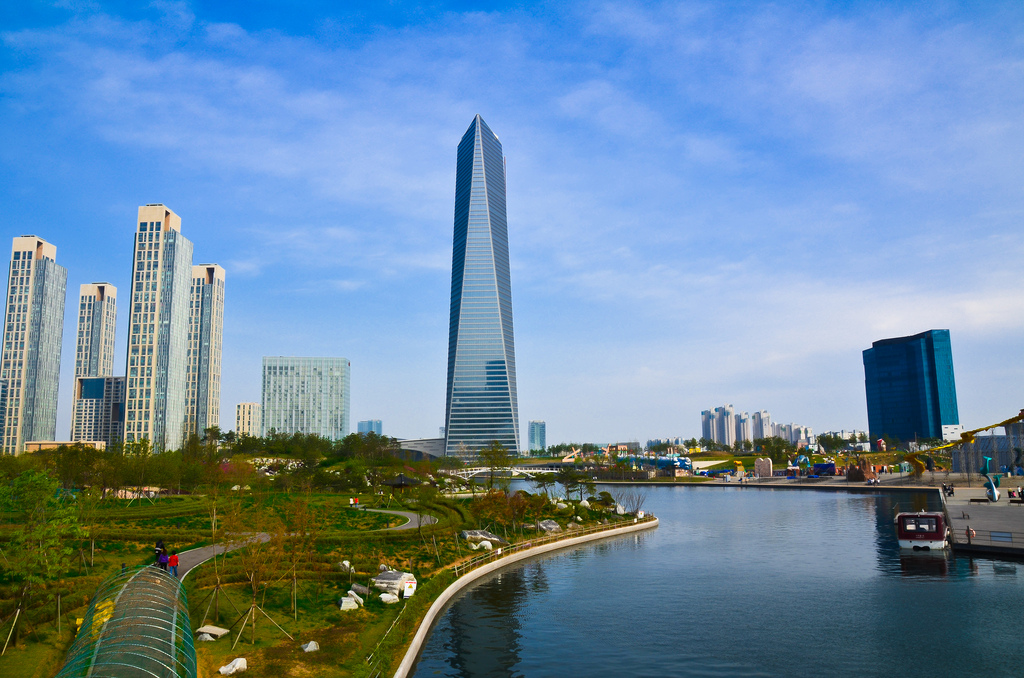
Parts of this text were copied from 
Conference Venue
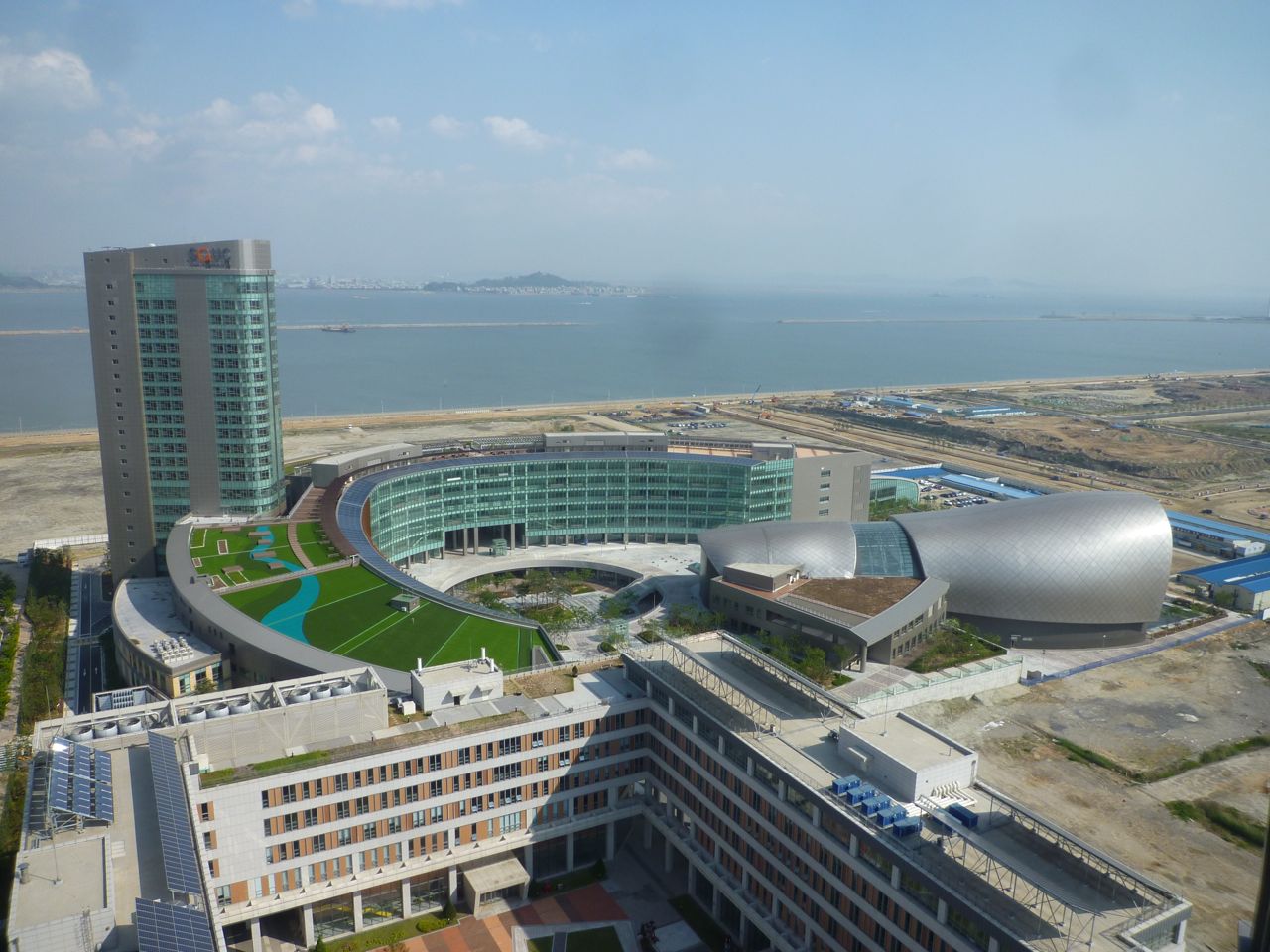
|
Ghent University Global Campus |
How to reach Incheon and the conference venue 
By Plane |
When arriving by plane you will do so at Incheon International Airport. From there you can take a bus, taxi or subway to Incheon itself. (see below)
How to get from Incheon International Airport to SGUC |
By Metro |
How to get from Seoul to SGUC |
By Bus |
Get off at Songdo Sheraton Hotel and go to SGUC by bus |
By Taxi |
Get off at Songdo Sheraton Hotel and go to SGUC by taxi |
By Car |
- Exit at Incheon IC (Gyeongin Expressway #1) Go in the direction toward Seoul/Mokdong → Take Gyeongin Expressway #1 → Exit at Incheon IC (end of Gyeongin Expressway #1) → Turn left (toward the Songdo New City) → Keep going straight (coastal road) → Cross the Songdo Bridge #1 → Turn left toward the Techno Park IT Center → Turn right in front of Yonsei University → Turn right at the POSCO R&D Center → Reach the Songdo Global University Campus |
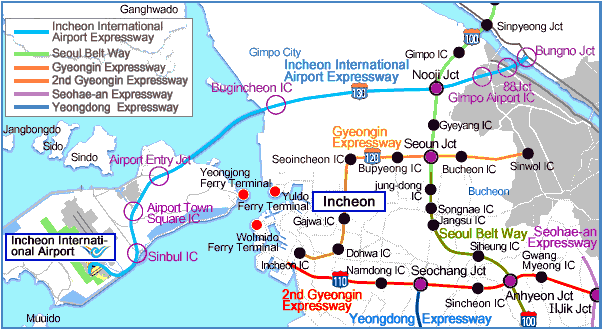
Useful Incheon Maps
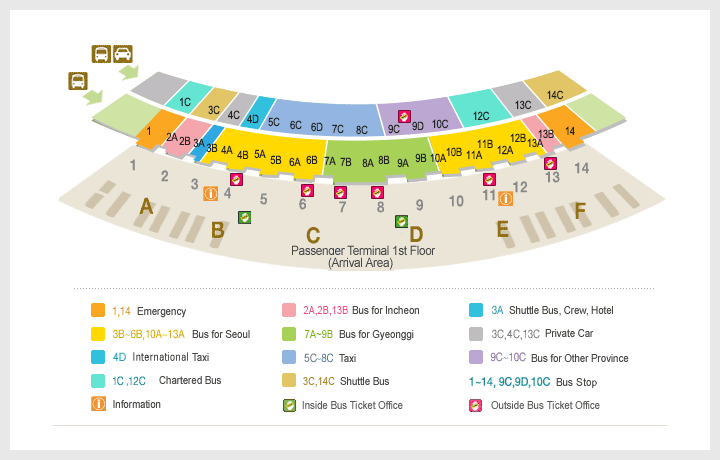 |
 |
Click on the above maps for an expanded view
Useful links (more to follow)
Check back for further updates here: 


 Incheon literally 'kind river', formerly romanized as Inchon, and officially the Incheon Metropolitan City, is a city located in northwestern South Korea, bordering Seoul and Gyeonggi to the east. The city was home to just 4,700 people when Jemulpo port was built in 1883. Today 2.9 million people live in the city, making it Korea’s third most populous city after Seoul and Busan.
Incheon literally 'kind river', formerly romanized as Inchon, and officially the Incheon Metropolitan City, is a city located in northwestern South Korea, bordering Seoul and Gyeonggi to the east. The city was home to just 4,700 people when Jemulpo port was built in 1883. Today 2.9 million people live in the city, making it Korea’s third most populous city after Seoul and Busan.
